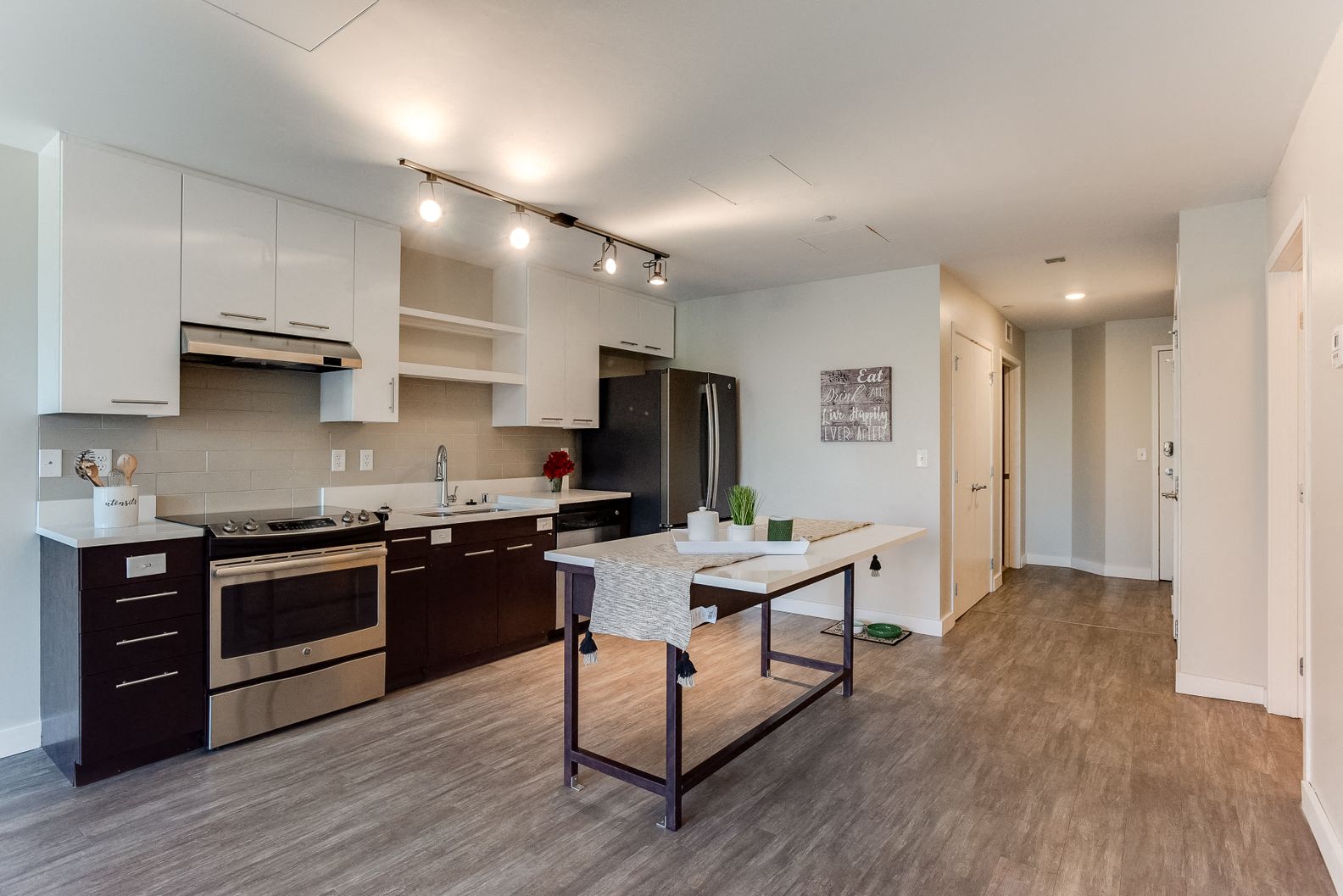Neighborhood Guide
Minneapolis offers a diverse range of neighborhoods, each with its own unique charm and appeal. Finding the perfect neighborhood for your 2-bedroom apartment depends on your lifestyle, budget, and priorities. This guide will explore some of the most popular neighborhoods in Minneapolis, providing insights into their amenities, rental costs, and overall vibe.
Neighborhoods for 2-Bedroom Apartments in Minneapolis
Here is a breakdown of some of the most popular neighborhoods in Minneapolis for 2-bedroom apartments, highlighting their key features, pros, and cons:
| Neighborhood | Average Rent | Key Features | Pros & Cons |
|---|---|---|---|
| Downtown | $2,500+ | Vibrant nightlife, cultural attractions, walkability, public transportation | Pros: Convenience, entertainment, access to amenities. Cons: High cost of living, noise, limited green space. |
| Uptown | $2,000+ | Trendy shops and restaurants, parks, nightlife, proximity to downtown | Pros: Lively atmosphere, walkable, diverse dining options. Cons: Higher rent than some other areas, limited parking. |
| Northeast Minneapolis | $1,800+ | Artistic community, breweries, restaurants, parks, riverfront access | Pros: Unique character, walkable, diverse dining and entertainment. Cons: Limited public transportation options in some areas. |
| Loring Park | $1,700+ | Large park, walkable, diverse housing options, proximity to downtown | Pros: Green space, convenient location, diverse housing options. Cons: Limited nightlife, higher rent than some other areas. |
| Kingfield | $1,600+ | Historic neighborhood, local shops, restaurants, walkable, family-friendly | Pros: Strong community feel, walkable, diverse dining options. Cons: Limited public transportation options in some areas. |
| Linden Hills | $1,500+ | Residential neighborhood, parks, lakes, family-friendly, quiet atmosphere | Pros: Safe, quiet, green space, strong community. Cons: Limited nightlife, limited public transportation options. |
| South Minneapolis | $1,400+ | Diverse community, parks, lakes, walkable, affordable housing options | Pros: Diverse community, access to green space, affordable housing options. Cons: Limited public transportation options in some areas. |
Rental Market Trends and Insights: 2 Bedroom Apartments Minneapolis

The Minneapolis rental market is dynamic and constantly evolving, influenced by factors like population growth, economic conditions, and housing supply. Understanding these trends can be valuable for renters seeking a 2-bedroom apartment in the city.
Average Rent Prices and Vacancy Rates
Average rent prices and vacancy rates are key indicators of the rental market’s health.
- Average Rent Prices: In Minneapolis, the average rent for a 2-bedroom apartment is currently around $1,800 to $2,200 per month, depending on the neighborhood and amenities. This range can fluctuate based on factors such as location, building age, and apartment features.
- Vacancy Rates: Vacancy rates in Minneapolis typically hover around 3-5%, indicating a relatively tight rental market. This means that there is a higher demand for rental units, potentially leading to increased competition among renters and potentially higher rent prices.
Rental Market Trends in Different Neighborhoods
Rental prices vary significantly across Minneapolis neighborhoods, reflecting differences in desirability, amenities, and proximity to downtown.
- Downtown: The downtown area offers a vibrant lifestyle with numerous restaurants, shops, and entertainment options. As a result, rent prices in this area tend to be higher, with 2-bedroom apartments typically ranging from $2,000 to $3,000 per month.
- Uptown: Uptown is a popular neighborhood known for its diverse dining scene, trendy boutiques, and proximity to Lake Calhoun. Rent prices in Uptown are generally moderate, with 2-bedroom apartments averaging around $1,800 to $2,500 per month.
- Northeast Minneapolis: Northeast Minneapolis is a historic neighborhood with a thriving arts and music scene. It offers a more affordable option compared to downtown and Uptown, with 2-bedroom apartments typically ranging from $1,500 to $2,200 per month.
Factors Influencing Rent Prices
Several factors influence rent prices in Minneapolis, including:
- Seasonality: Rent prices tend to be higher during the summer months (June-August) when demand is typically high, and lower during the winter months (December-February) when demand is typically lower.
- Location: Rent prices are often higher in neighborhoods closer to downtown, with convenient access to public transportation and amenities.
- Amenities: Apartments with desirable amenities, such as in-building fitness centers, rooftop decks, or parking, often command higher rent prices.
- Housing Supply: When there is a limited supply of available rental units, competition among renters increases, potentially leading to higher rent prices. Conversely, when there is a surplus of available units, rent prices may decline.
Table of Rental Market Trends and Implications for Renters, 2 bedroom apartments minneapolis
| Trend | Description | Data Points | Implications for Renters |
|---|---|---|---|
| Increasing Rent Prices | Average rent prices for 2-bedroom apartments in Minneapolis have been steadily increasing in recent years. | According to Zillow, the median rent for a 2-bedroom apartment in Minneapolis increased by 5% in 2022. | Renters may need to adjust their budget or consider alternative neighborhoods with lower rent prices. |
| Low Vacancy Rates | Vacancy rates in Minneapolis are typically low, indicating a tight rental market. | The average vacancy rate in Minneapolis is currently around 3-5%. | Renters may face increased competition and need to act quickly when finding an apartment. |
| Neighborhood Variations | Rent prices vary significantly across different neighborhoods in Minneapolis. | Rent prices in downtown Minneapolis are typically higher than in other neighborhoods. | Renters should consider their budget and lifestyle preferences when choosing a neighborhood. |
| Seasonality | Rent prices tend to be higher during peak seasons (summer) and lower during off-peak seasons (winter). | Rent prices in Minneapolis are typically highest in June-August and lowest in December-February. | Renters may consider moving during off-peak seasons to potentially secure lower rent prices. |
